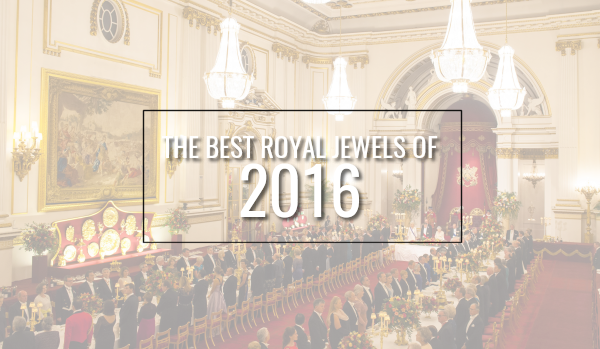 |
| (DOMINIC LIPINSKI/AFP/Getty Images) |
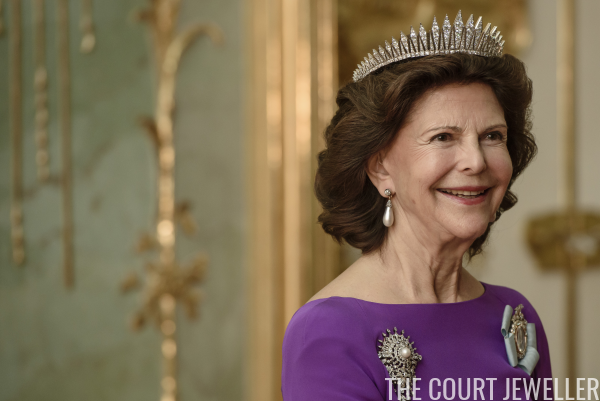 |
| (Clemens Bilan/Getty Images) |
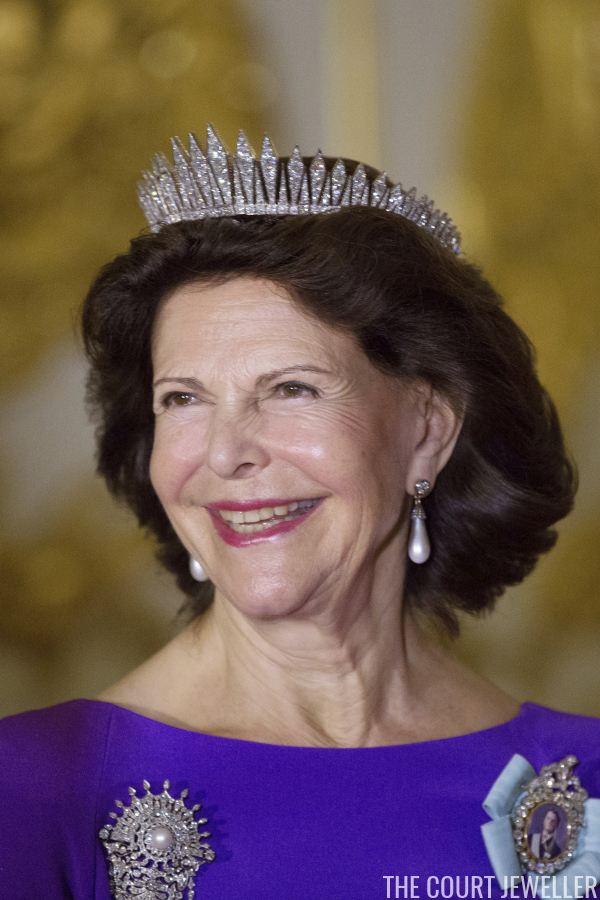 |
| (MAJA HITIJ/AFP/Getty Images) |
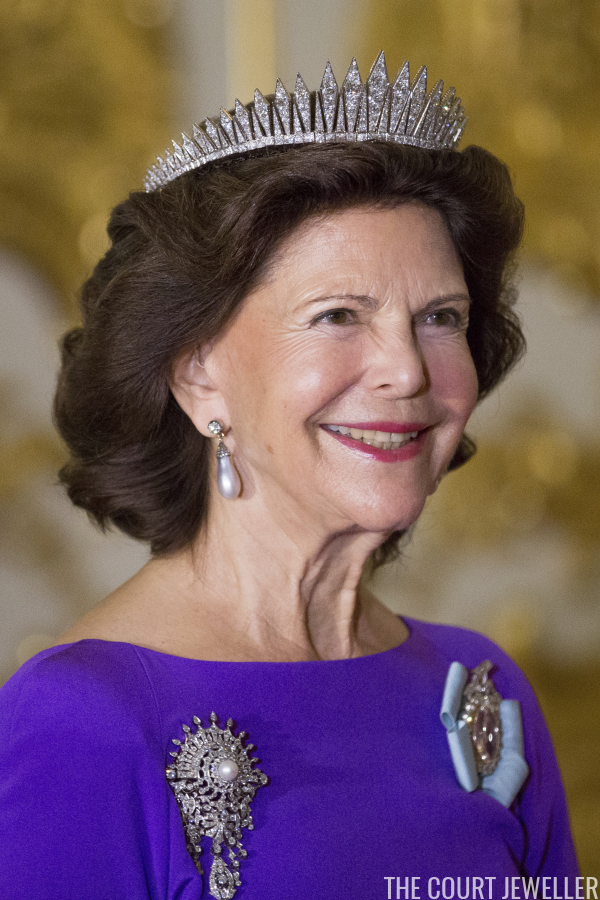 |
| (MAJA HITIJ/AFP/Getty Images) |
Sparkling Royal Jewels From Around the World
 |
| (DOMINIC LIPINSKI/AFP/Getty Images) |
 |
| (Clemens Bilan/Getty Images) |
 |
| (MAJA HITIJ/AFP/Getty Images) |
 |
| (MAJA HITIJ/AFP/Getty Images) |
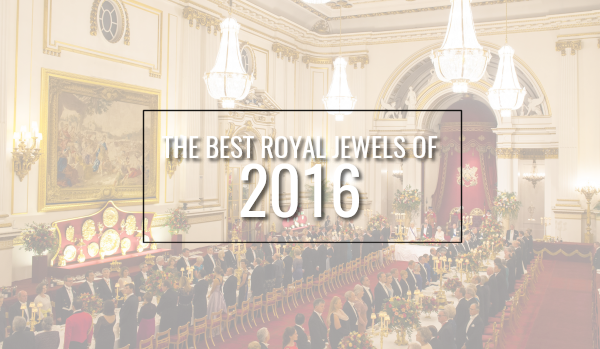 |
| (DOMINIC LIPINSKI/AFP/Getty Images) |
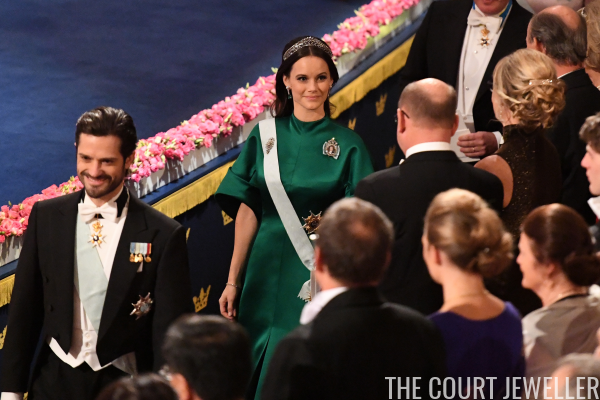 |
| (Pascal Le Segretain/Getty Images) |
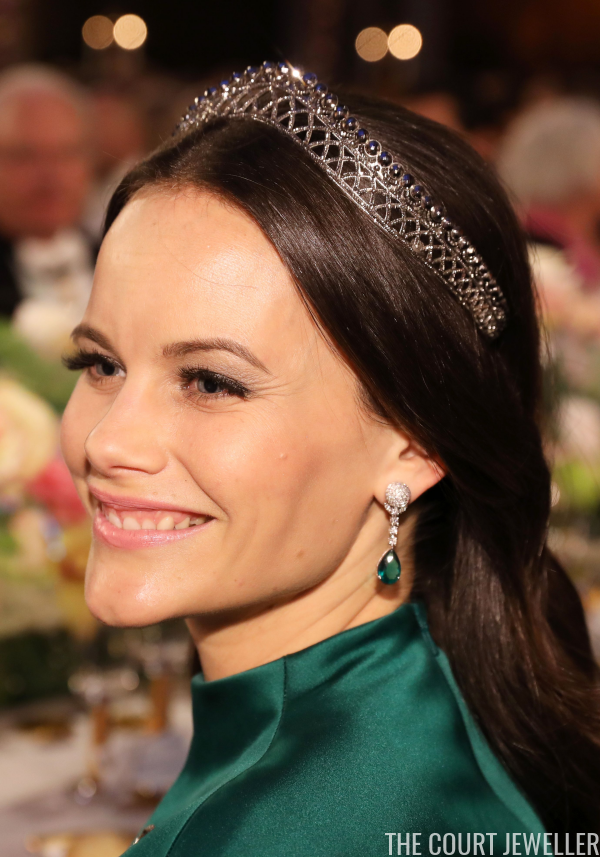 |
| (SOREN ANDERSSON/AFP/Getty Images) |
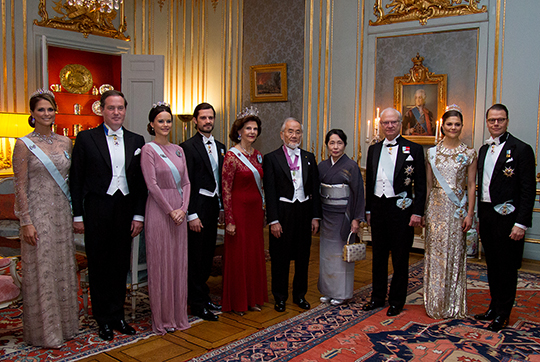 |
| (Kungahuset.se) |
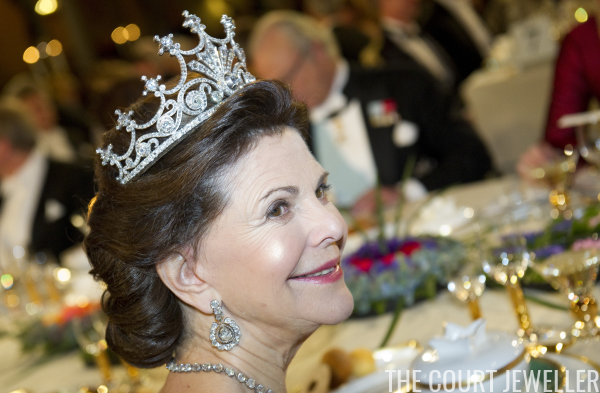 |
| Queen Silvia wears Queen Sofia’s Tiara at the 2011 Nobel Prize Banquet [Photo: JONATHAN NACKSTRAND/AFP/Getty Images] |
The Swedish royal vaults are fully stocked with every kind of tiara you could imagine, but today’s tiara — Queen Sofia’s Tiara — is one of the most divisive. Whether you love it or hate it, let’s have a look at the history of the tiara with a million nicknames!
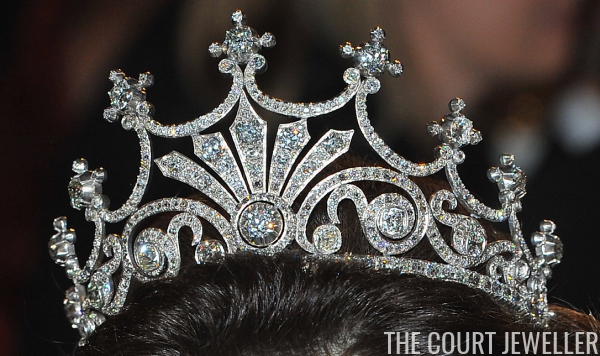 |
| Queen Sofia’s Tiara [Photo: Pascal Le Segretain/Getty Images] |
You’ll sometimes see this sparkler called “the Nine-Prong Tiara” — because, as you can all see, there are nine diamond “prong” elements dotted across the top of the piece. The Swedish court, however, calls the piece “Queen Sofia’s tiara,” in reference to the tiara’s original owner, Sofia of Nassau, the queen consort of King Oscar II.
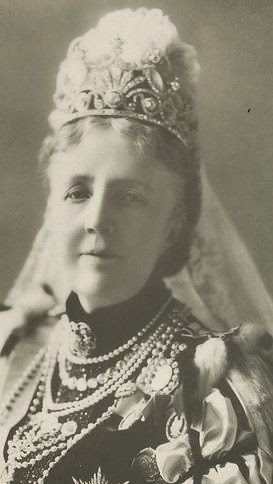 |
| Queen Sofia of Sweden wears the tiara [Photo: Wikimedia Commons] |
The royal court states that the tiara was made for Sofia around 1860, perhaps when she became the Swedish crown princess. It was certainly in the royal collection by 1872; Trond Norén Isaksen notes that the tiara is listed on the jewel inventory made after the death of Sofia’s brother-in-law, King Carl XV. He also speculates that the tiara could have been made by remodeling a diamond comb that once belonged to the first Bernadotte king, Carl XIV Johan.
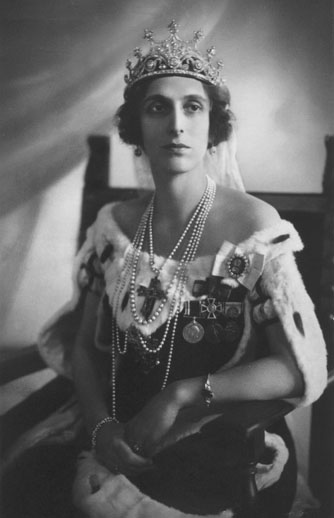 |
| Queen Louise of Sweden wears the tiara [Photo: Wikimedia Commons] |
Queen Sofia wore the diamond tiara throughout her lifetime, and it became a part of the Bernadotte jewel foundation before her death in 1913. The tiara has subsequently been worn by many other Bernadotte women, despite the reported difficulty of actually wearing the piece. Unlike many tiaras, this sparkler has a solid, inflexible base, meaning that it can be tough to perch properly on the wearer’s head. After Sofia’s death, her successor, Victoria of Baden, apparently decided not to attempt this tiara. Instead, the tiara was next photographed on her daughter-in-law, the future Queen Louise, formerly Lady Louise Mountbatten (which made her an aunt to the Duke of Edinburgh, among other royal connections).
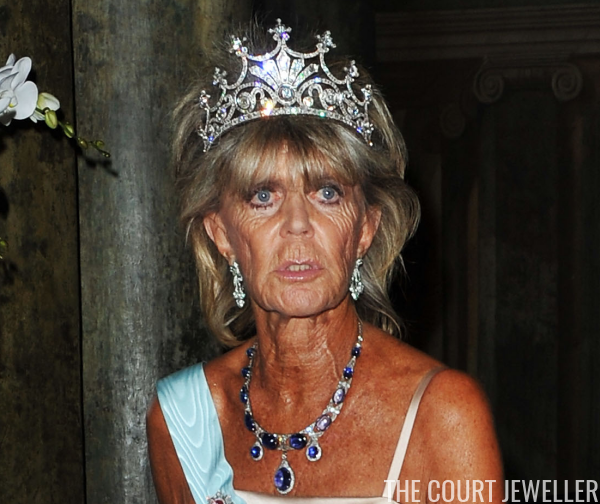 |
| Princess Birgitta wears the tiara at the 2010 wedding of Crown Princess Victoria [Photo: Pascal Le Segretain/Getty Images] |
Today, the tiara is worn mainly by Queen Silvia, although it has also been worn by other members of the family, including several of the king’s sisters and the late Princess Lilian. Princess Birgitta made a memorable appearance in the tiara at the wedding of her niece, Crown Princess Victoria, in 2010; she wore the piece low across her forehead, as Queen Louise had done, and she apparently struggled to keep it from slipping into her eyes. (This is something that Queen Silvia also occasionally dealt with when she donned this piece in her early years of tiara-wearing.)
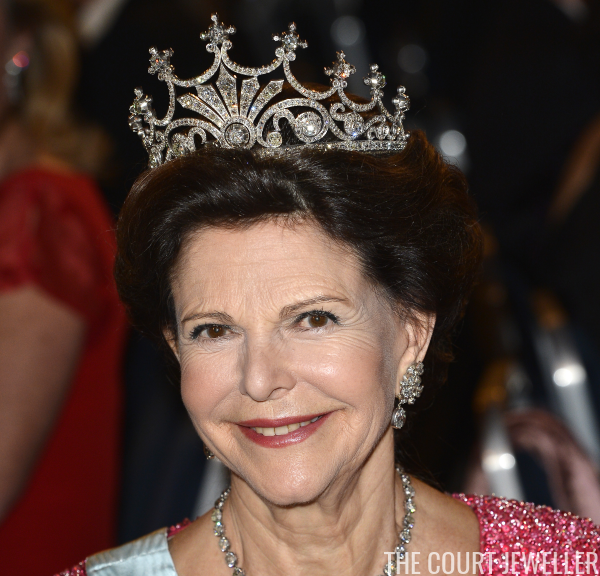 |
| Queen Silvia wears the tiara at the 2013 Nobel Prize Banquet [Photo: Pascal Le Segretain/Getty Images] |
We’ve yet to see either Crown Princess Victoria or Princess Madeleine don this particular sparkler. Perhaps they’re still brainstorming appropriate hairstyles to accompany this infamously difficult diadem?